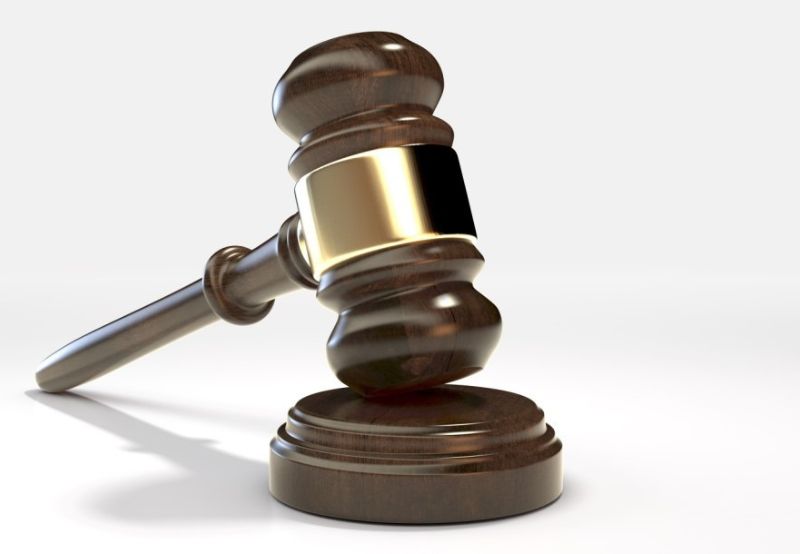HERC Approves ₹1.21/kWh Additional Surcharge on Open Access Consumers
The surcharge will recover fixed costs arising from stranded power
August 8, 2025
Follow Mercom India on WhatsApp for exclusive updates on clean energy news and insights
The Haryana Electricity Regulatory Commission (HERC) has approved an additional surcharge of ₹1.21 (~$0.0138)/kWh on open access consumers in the state. The surcharge will be charged to all consumers of Uttar Haryana Bijli Vitran Nigam (UHBVNL) and Dakshin Haryana Bijli Vitran Nigam (DHBVNL) who avail power through the open access mechanism from any source other than the state’s power distribution companies (DISCOMs).
This marks a 5% increase from the previous additional surcharge of ₹1.15 (~$0.0131)/kWh.
Background
UHBVNL and DHBVNL had sought approval to levy an additional surcharge on open access consumers for the first half of the financial year 2026. They said the surcharge was necessary to recover fixed costs arising from stranded power due to consumers opting to procure electricity from sources other than the DISCOMs under the open access mechanism.
The DISCOMs based their calculations on actual power purchase and backdown data from the corresponding half of the previous financial year, April to September 2024. They proposed an additional surcharge of ₹1.21 (~$0.0138)/kWh, determined by comparing slot-wise stranded power with open access power schedules and applying the average fixed cost approved by the Commission in its tariff order dated March 28, 2025.
They argued that when consumers use open access to buy power directly from alternative suppliers, the power already contracted by the DISCOMs under long-term power purchase agreements (PPAs) remains unused. This stranded capacity still incurs fixed costs, which they must pay irrespective of actual consumption.
In support of their claim, the DISCOMs provided a detailed month-wise breakdown of stranded power and open access usage. They also submitted that they were recovering only a portion of their total fixed obligations through fixed charges, resulting in a significant revenue gap. They emphasized that without recovering this gap through the additional surcharge, other consumers would be unfairly burdened.
The Indian Energy Exchange (IEX) submitted objections in response to a public notice issued by the Commission. It argued that under the Electricity (Amendment) Rules, 2024, the additional surcharge should not be applied to the extent that a consumer maintains a contract demand with the distribution licensee. The rules also mandated a gradual reduction of the surcharge over four years and its complete elimination thereafter. IEX contended that consumers maintaining their contract demand should not be penalized for opting for open access.
Commission’s Analysis
HERC noted that the petitioners had followed an established and previously approved methodology for computing stranded power and estimating the surcharge. The methodology involved comparing open access consumption with power surrendered due to lower demand and calculating the fixed costs associated with that stranded capacity.
The Commission acknowledged the statutory obligation of DISCOMs to provide a 24/7 power supply to consumers in their area, which necessitates long-term power purchase agreements. It accepted that when consumers avail open access, the power contracted under these PPAs is stranded and leads to unrecovered fixed costs for the DISCOMs.
HERC addressed the legal objection raised by IEX by referring to judgments from the Supreme Court and the Karnataka High Court. The apex court had upheld the imposition of an additional surcharge, ruling that such a surcharge is compensatory and justified to recover fixed costs incurred by DISCOMs.
Additionally, the Karnataka High Court clarified that the regulation of transmission and open access falls within the jurisdiction of the state electricity regulatory commission, not the central government. Thus, HERC maintained that its authority to determine the surcharge remained valid despite the Ministry of Power’s 2024 amendment.
The Commission reiterated that only the portion of power that was stranded due to open access consumption was included in the surcharge calculation. It observed that the DISCOMs had accounted for time-slot level differences and excluded any power that was not available due to lower demand. The average fixed charge of ₹1.44 (~$0.0164)/kWh, approved in the previous tariff order, was applied to the stranded quantum of 86 million units (MU), leading to a recoverable cost of ₹123.6 million (~$1.41 million). Dividing this by the estimated open access consumption of 101.73 MU resulted in a surcharge of ₹1.21 (~$0.014)/kWh.
After confirming the data’s accuracy, the consistency of methodology, and the legal standing, the Commission concluded that the imposition of the additional surcharge was lawful, reasonable, and necessary to prevent undue financial burden on non-open-access consumers. In September last year, HERC dismissed petitions filed by the state’s two power distribution companies seeking approval to recover additional surcharge from open access consumers for the second half of the financial year 2024, as using outdated data to determine the surcharge would be unfair to consumers and not reflective of current power usage and cost scenarios.
Subscribe to Mercom’s real-time Regulatory Updates to ensure you don’t miss any critical updates from the renewable industry.
